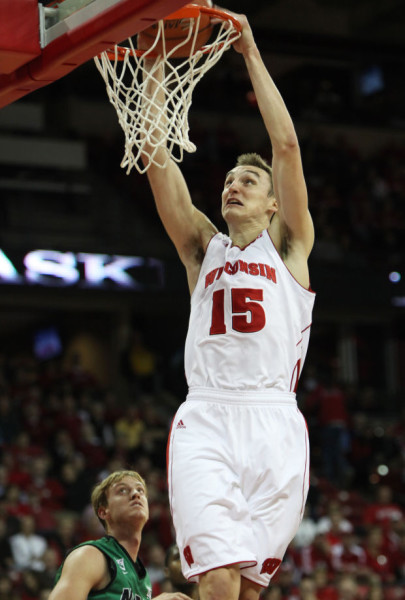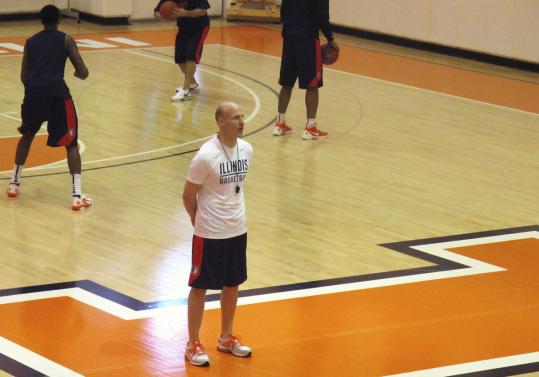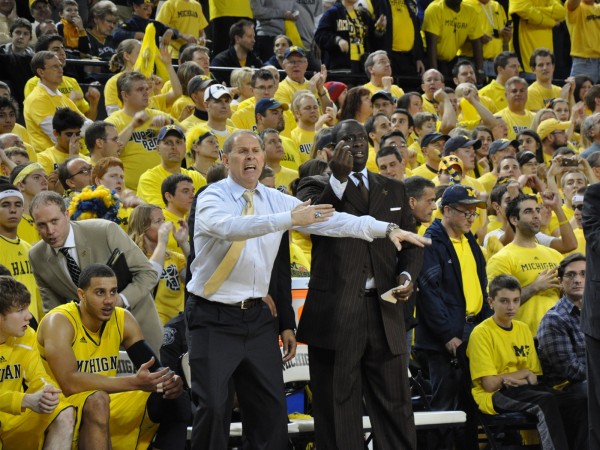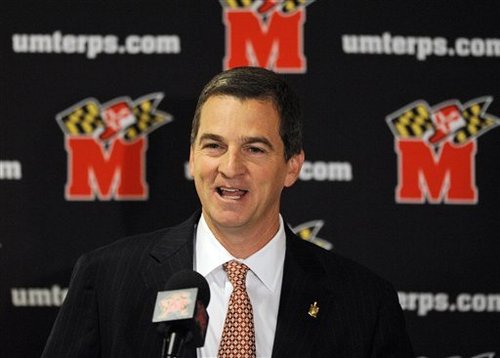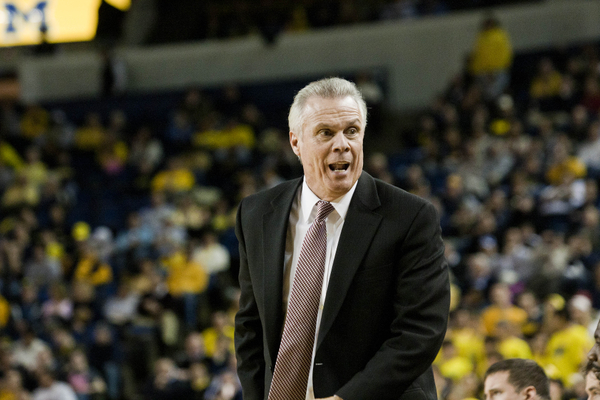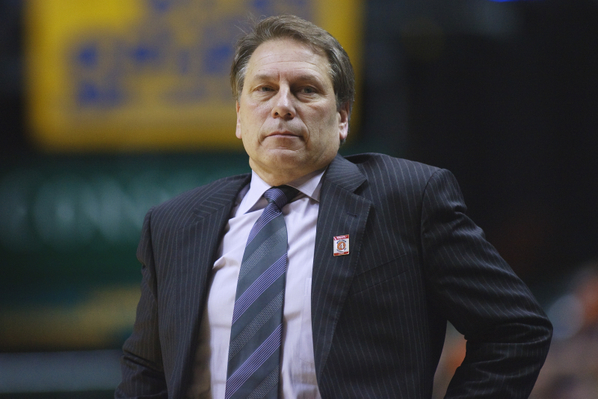Denzel Valentine Contributing More than Intangibles for Michigan State
Posted by Deepak Jayanti (@dee_b1g) on December 12th, 2014After a month of watching non-conference games and nodding our heads at the sloppiness of the action, it is time to evaluate whether certain players will have a significant impact through the remainder of the season. We knew that Michigan State would need to find a leader on the offensive end, but after the departures of Adreian Payne, Gary Harris and Keith Appling, there were no clear candidates for that role. And while Branden Dawson is a monster on the glass, his jumpers are still cringe-worthy. Travis Trice, on the other hand, has a nice jumper but has trouble create space off the dribble to create his own shot. Denzel Valentine’s name, though, was mostly buried within all the preseason analysis because it was tough to view him as anything more than a glue guy. There was no doubt that he would play a key role for the Spartans this season, but his impact was supposed to be felt with the intangibles — things like hustle, grit and defense. But after averaging 14.6 PPG, 5.6 RPG and 4.0 APG through Michigan State’s first 10 games, Valentine has shown that he’s capable of more than being just a nice defender and occasional spot-up shooter. Rather, he is the best scoring option Tom Izzo has, and his burgeoning offensive game could turn the Spartans into a legitimate contender to win the conference.
While it might be surprising that the junior has been more offensively assertive this season, there were signs over his first two years that he always had the ability to step up. Every Spartan fan will recall Appling’s more than occasional disappearing act during key games, and when he folded, Valentine was the off-guard who usually picked up the pieces by handling the ball during key possessions. Between the departed trio’s shot rates (19-29%), Valentine wasn’t likely to get many looks, but the floodgates have opened this year. The combo guard scored 25 points against both Marquette and Notre Dame, as his shot rate has increased from 17% to over 23% of available looks while he’s on the floor. No other Spartan seemed to want to take a shot during the second half against the Irish, and Valentine obliged by seemingly pulling the trigger on every possession. This is not to say that those were forced shots, either; they were good shots coming off screens, pulling up from from the elbow as he moved to the right. Read the rest of this entry »






























